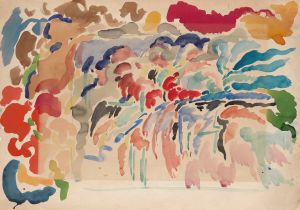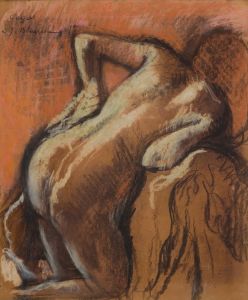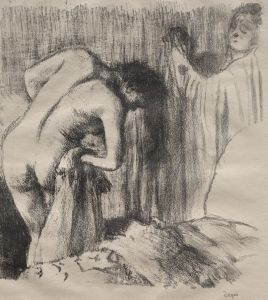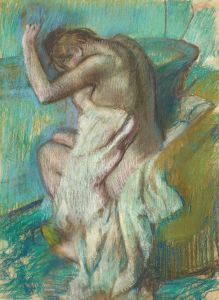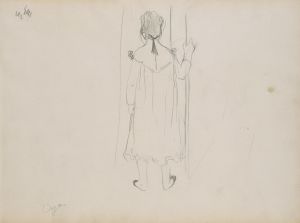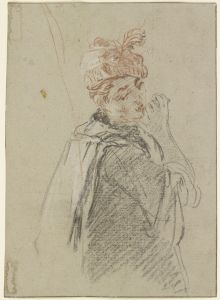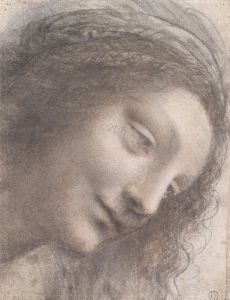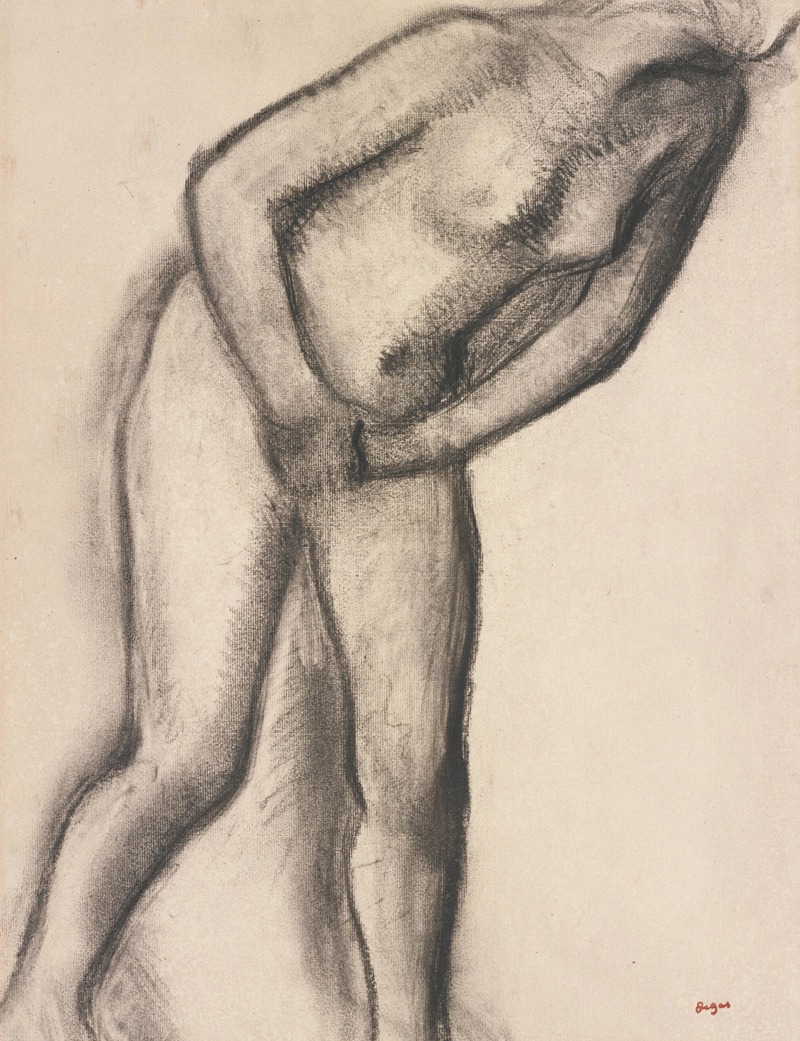
Étude de nu
A hand-painted replica of Edgar Degas’s masterpiece Étude de nu, meticulously crafted by professional artists to capture the true essence of the original. Each piece is created with museum-quality canvas and rare mineral pigments, carefully painted by experienced artists with delicate brushstrokes and rich, layered colors to perfectly recreate the texture of the original artwork. Unlike machine-printed reproductions, this hand-painted version brings the painting to life, infused with the artist’s emotions and skill in every stroke. Whether for personal collection or home decoration, it instantly elevates the artistic atmosphere of any space.
Edgar Degas, a prominent French artist associated with the Impressionist movement, is renowned for his mastery in capturing the human form, particularly through his studies of dancers and nudes. One of his works, "Étude de nu," exemplifies his skill in rendering the human body with both precision and sensitivity.
"Étude de nu" is a study of the nude form, a subject Degas frequently explored throughout his career. Although specific details about this particular work are limited, it is consistent with Degas's broader oeuvre, which often focused on the human figure in various states of movement and repose. Degas's approach to the nude was analytical and often involved a series of studies that allowed him to explore different poses, lighting, and perspectives.
Degas was known for his innovative techniques and use of various media, including oil paints, pastels, and charcoal. His studies of the nude often employed a combination of these materials, allowing him to achieve a range of textures and effects. This versatility is evident in his ability to convey the subtleties of the human form, capturing both the physicality and the emotional presence of his subjects.
Throughout his career, Degas was influenced by classical art as well as contemporary developments in photography and Japanese prints. These influences are reflected in his compositions, which often feature unconventional angles and cropping, lending a sense of immediacy and intimacy to his works. In his studies of nudes, Degas frequently depicted his subjects in natural, unposed positions, emphasizing the grace and fluidity of the human body.
Degas's interest in the nude was not merely academic; it was also deeply personal. He sought to capture the essence of his subjects, often portraying them in moments of introspection or vulnerability. This focus on the inner life of his subjects is a hallmark of Degas's work and contributes to the enduring appeal of his studies of the human form.
While "Étude de nu" may not be as widely recognized as some of Degas's other works, such as his ballet scenes, it is an important part of his artistic legacy. It reflects his dedication to exploring the complexities of the human body and his ability to convey both its physical and emotional dimensions. Degas's studies of the nude continue to be celebrated for their technical mastery and their insight into the human condition.
In summary, "Étude de nu" by Edgar Degas is a testament to the artist's skill and sensitivity in depicting the human form. Through his innovative techniques and keen observational skills, Degas was able to capture the nuances of the body in a way that resonates with viewers to this day. His work remains a significant contribution to the art of the nude, offering a window into the artist's fascination with the beauty and complexity of the human figure.






